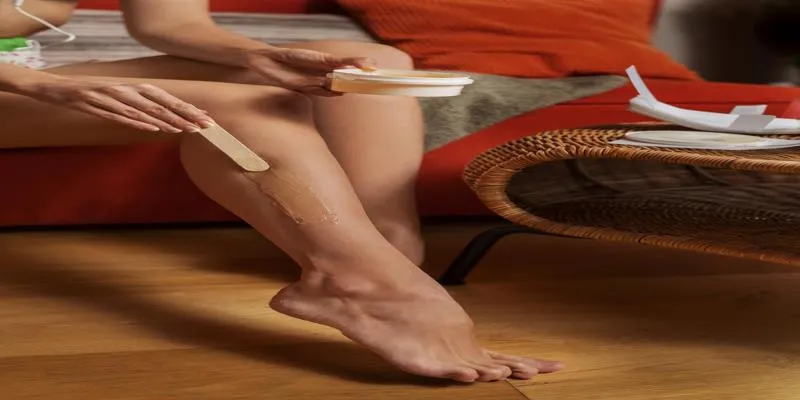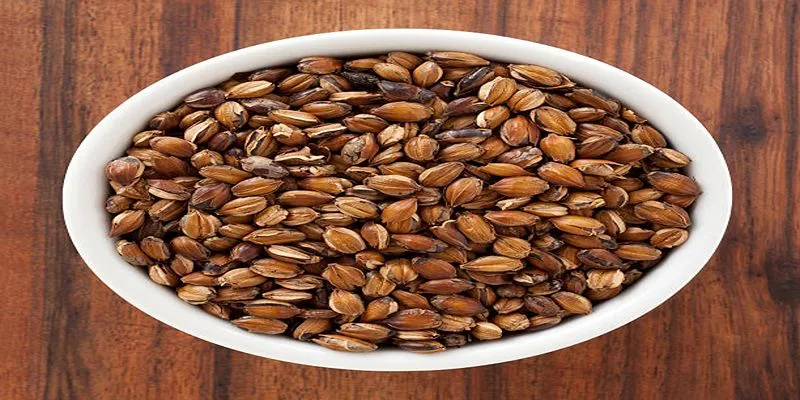How to Exfoliate Your Legs
Exfoliation is the key to achieving silky smooth legs, and many people are keen to discover the best techniques. Learning how to exfoliate your legs can lead to softer skin by removing dead skin cells, improving blood flow, and preparing your legs for moisturizing treatments.
Why Exfoliate Your Legs?

Exfoliating your legs is more than just a pampering spa treatment; it’s an essential step in maintaining healthy skin. Let’s explore some key reasons why regular leg exfoliation is important.
Unveiling Smoother Skin
Exfoliation reveals your skin’s full potential by removing dead skin cells, uncovering the healthy-looking skin beneath. Regular exfoliation makes your legs silky smooth and enhances the skin tone and texture, making rough patches less noticeable.
Enhancing Product Absorption
Exfoliation prepares your skin to absorb skincare products more effectively. By removing the barrier of dead skin cells, moisturizers and treatments can penetrate deeper, increasing their effectiveness. Your favorite lotions and oils will work harder, making your legs feel hydrated and nourished.
Preventing Ingrown Hairs and Clogged Pores
Exfoliation is beneficial for those who shave or wax, as it keeps hair follicles clean and allows new hairs to grow properly, reducing the occurrence of ingrown hairs. It can also help unblock pores, minimizing bumps and blemishes, especially for those with folliculitis or keratosis pilaris.
Boosting Circulation and Skin Health
Exfoliating not only removes dead skin but also acts as a massage, boosting blood circulation in your legs. Improved circulation enhances nutrient and oxygen delivery to skin cells, promoting overall skin health and reducing the appearance of cellulite, leaving you feeling refreshed.
How Often Should You Exfoliate Your Legs?

Exfoliating your legs is crucial for your skincare routine, but determining the right frequency is key. The ideal exfoliation schedule depends on your skin type, lifestyle, and exfoliation method.
General Guidelines
For most people, exfoliating once or twice per week is sufficient. This allows the skin to regenerate while effectively removing dead skin and promoting blood circulation.
Factors Affecting Exfoliation Frequency
Skin Type:
- Thicker or oilier skin may benefit from exfoliating 2 to 3 times a week.
- Dry or sensitive skin should limit exfoliation to once a week or less.
Season: During summer, you might exfoliate more frequently as your legs are more exposed. In winter, reduce exfoliation to avoid irritation due to naturally drier skin.
Exfoliation Method: Physical scrubs may require less frequent use compared to gentler chemical exfoliants.
Signs You’re Over-Exfoliating
Be attentive to your skin. If you notice any of the following signs, it’s time to cut back:
- Redness or irritation
- Increased sensitivity
- Dry, flaky patches
- Breakouts or bumps
Exfoliating Tools for Your Legs
Exfoliating can be more effective with the right tools. Here are some efficient options for keeping your legs silky smooth.
Physical Exfoliators
Physical exfoliators manually remove dead skin cells through friction and are popular for leg exfoliation.
- Loofah: A natural sponge that provides gentle exfoliation, safe to use with body wash.
- Exfoliating gloves: Textured gloves allow easy, controlled scrubbing of your legs.
- Dry brush: A quick dry brush before showering aids in circulation and thorough exfoliation.
Chemical Exfoliators
Chemical exfoliators use acids or enzymes to dissolve dead skin cells, offering a gentler approach.
- Body scrub: Utilizes alpha-hydroxy acids and beta-hydroxy acids for chemical exfoliation.
- Exfoliating pads: Pre-soaked with glycolic or salicylic acid for targeted exfoliation.
DIY Exfoliating Scrubs
DIY scrubs are a fun, budget-friendly way to exfoliate. Use natural ingredients like sugar, coffee grounds, or sea salt combined with nourishing oils for a personalized experience.
Step-By-Step Guide to Exfoliating Your Legs
Gather Your Supplies
Before you start, gather an exfoliating scrub or homemade mixture, a loofah or exfoliating glove, and a moisturizer. For sensitive skin, choose a scrub with finer particles. To make your own, mix sugar or coffee grounds with coconut oil.
Prepare Your Skin
Exfoliate clean, moist legs. Take a warm shower or bath to soften your skin and open pores, making dead skin cells easier to remove and enhancing exfoliation effectiveness.
Apply the Exfoliant
Massage your legs in circular motions from ankles to thighs with the exfoliant. Be gentle on rough areas like knees and heels to avoid irritation.
Rinse and Pat Dry
Rinse your legs with lukewarm water, ensuring all scrubbing ingredients are washed off. Pat dry with a soft towel, avoiding pressure to preserve the benefits of exfoliation.
Moisturize
Apply a hydrating moisturizer while your skin is still damp to lock in hydration. Consider using body oil or butter for added moisture and indulgence.
Maintain Your Routine
Exfoliate your legs once or twice a week for optimal results. This prevents stripping natural oils and avoids irritation. Adjust frequency based on your skin’s needs.
Conclusion
Success in exfoliating your legs requires consistency and gentleness. By following this guide, you’ll be on your way to smooth, radiant legs. Experiment with different exfoliation methods and products to find what works best for your skin type.











